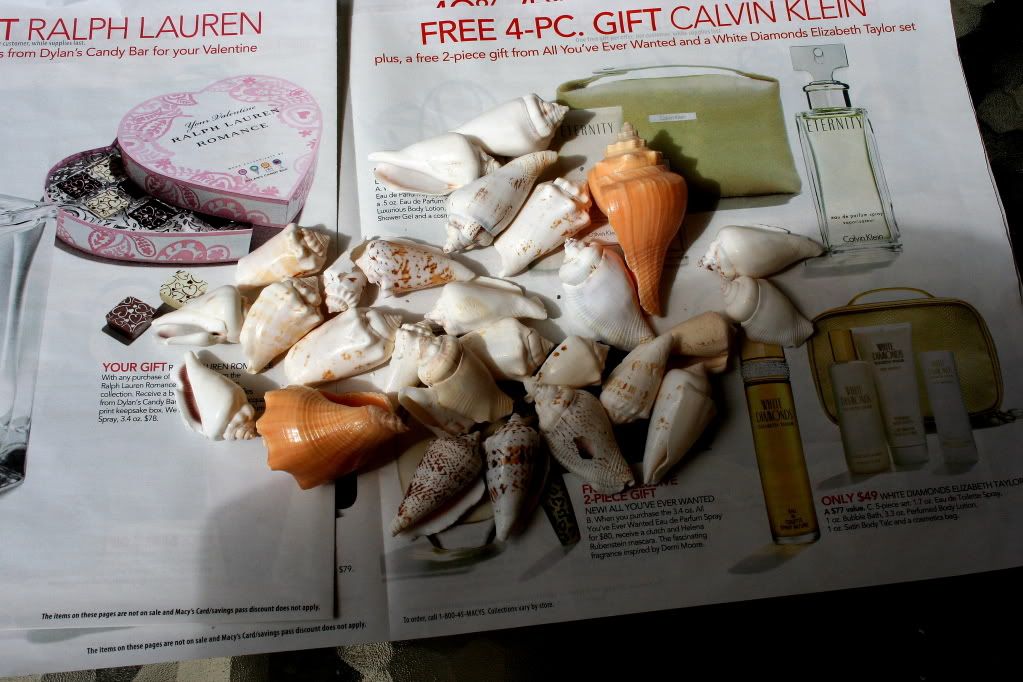So, how can you tell the difference between male and female?
Males bear a pair of long, slender penes, or sperm transferal organs, articulating at the bases of the last paraeopods, or walking limbs. The female gonopores, or sperm receptacles, are visible as a narrow slit on the sternum between the first peraeopod pair. Many species go further with sexual dimorphism, the males being bigger, with larger raptorial appendages and telsons than females.In my case i left it up to the experts. My shrimp is coming from a suppler that deals primarily in mantis shrimp
Also, I know you should keep only one mantis, but do you think it would be possible to keep a male/female pair?
Info from the web Most mantis shrimps live alone, but males and females will come together briefly only to mate. Males and sometimes females will actively seek a mate. Males perform elaborate mating behaviors to attract the attention of the female. Females will accept one or more males as mates during this time. In a few species, males and females mate for life, a period that may last 15 to 20 years. These life-long mates share one burrow. The females tend to the eggs, while the male hunts for himself and his mate.
Males and females mate belly to belly. Males deposit sperm directly into the female where it is stored in a special pouch just inside the opening to her reproductive organs. The eggs are fertilized inside her body just as they are being laid. The eggs may not be laid right away. The female may choose to wait until ocean currents are available for dispersing the eggs. Eggs are glued together in a mass and take anywhere from 10 days to two months to hatch. During this time the female carefully tends the eggs and is guarded by the male. The hatchlings may leave the burrow immediately, or remain in the burrow for a week to two months.
Newly hatched mantis shrimps have long slender bodies and bulging eyes. They pass through several distinct developmental stages in about three months before reaching adulthood. Some species are benthic (ben-thik) and start out on the sea bottom. Others are pelagic (peh-LAJ-ihk) and immediately set off in the open sea. All species eventually develop into pelagic larvae (LAR-vee) or young and settle to the bottom as post-larvae. Postlarvae are very similar to the adults in both shape and behavior.
I also told him i wanted one under 3inch.
from all the research i have seen it seems the consensus of opinion is to introduce a peacock 3 inches and smaller for the best results.
Interesting fact
Stomatopods have stereo vision with just one eye. Having two independent eyes provides insurance if they lose one eye in a fight or when molting
 no problem, you're excused - just wanted to make sure we addressed thoughts on the lights
no problem, you're excused - just wanted to make sure we addressed thoughts on the lights










